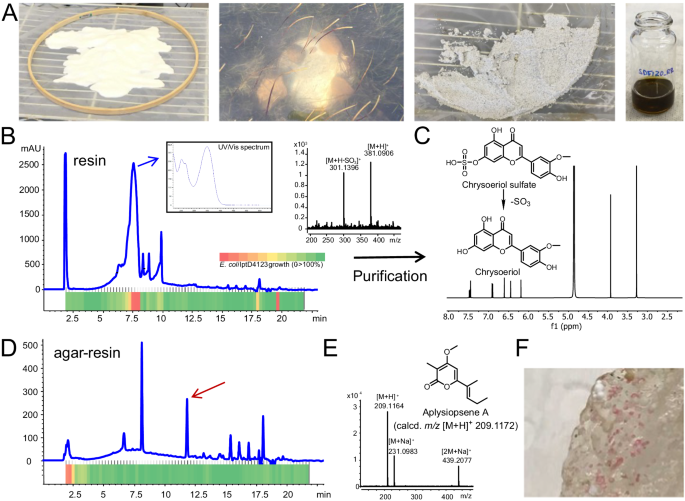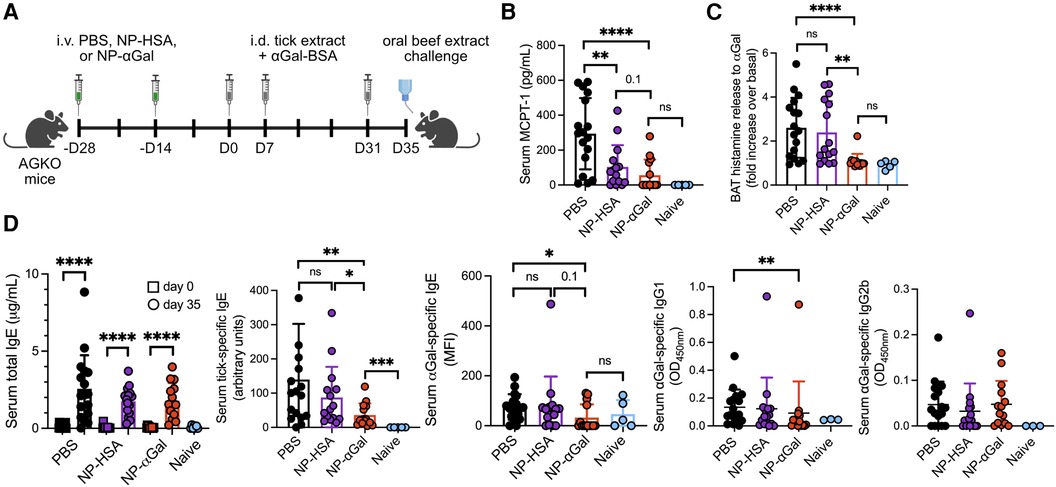2024-08-13 カリフォルニア大学サンディエゴ校(UCSD)
<関連情報>
- https://today.ucsd.edu/story/new-drug-discovery-technique-may-unlock-trove-of-marine-compounds
- https://www.nature.com/articles/s41467-024-49367-x
低分子の直接樹脂捕捉が天然物発見に化合物ファーストのアプローチを提供す Small molecule in situ resin capture provides a compound first approach to natural product discovery
Alexander Bogdanov,Mariam N. Salib,Alexander B. Chase,Heinz Hammerlindl,Mitchell N. Muskat,Stephanie Luedtke,Elany Barbosa da Silva,Anthony J. O’Donoghue,Lani F. Wu,Steven J. Altschuler,Tadeusz F. Molinski & Paul R. Jensen
Nature Communications Published:19 June 2024
DOI:https://doi.org/10.1038/s41467-024-49367-x

Abstract
Culture-based microbial natural product discovery strategies fail to realize the extraordinary biosynthetic potential detected across earth’s microbiomes. Here we introduce Small Molecule In situ Resin Capture (SMIRC), a culture-independent method to obtain natural products directly from the environments in which they are produced. We use SMIRC to capture numerous compounds including two new carbon skeletons that were characterized using NMR and contain structural features that are, to the best of our knowledge, unprecedented among natural products. Applications across diverse marine habitats reveal biome-specific metabolomic signatures and levels of chemical diversity in concordance with sequence-based predictions. Expanded deployments, in situ cultivation, and metagenomics facilitate compound discovery, enhance yields, and link compounds to candidate producing organisms, although microbial community complexity creates challenges for the later. This compound-first approach to natural product discovery provides access to poorly explored chemical space and has implications for drug discovery and the detection of chemically mediated biotic interactions.


